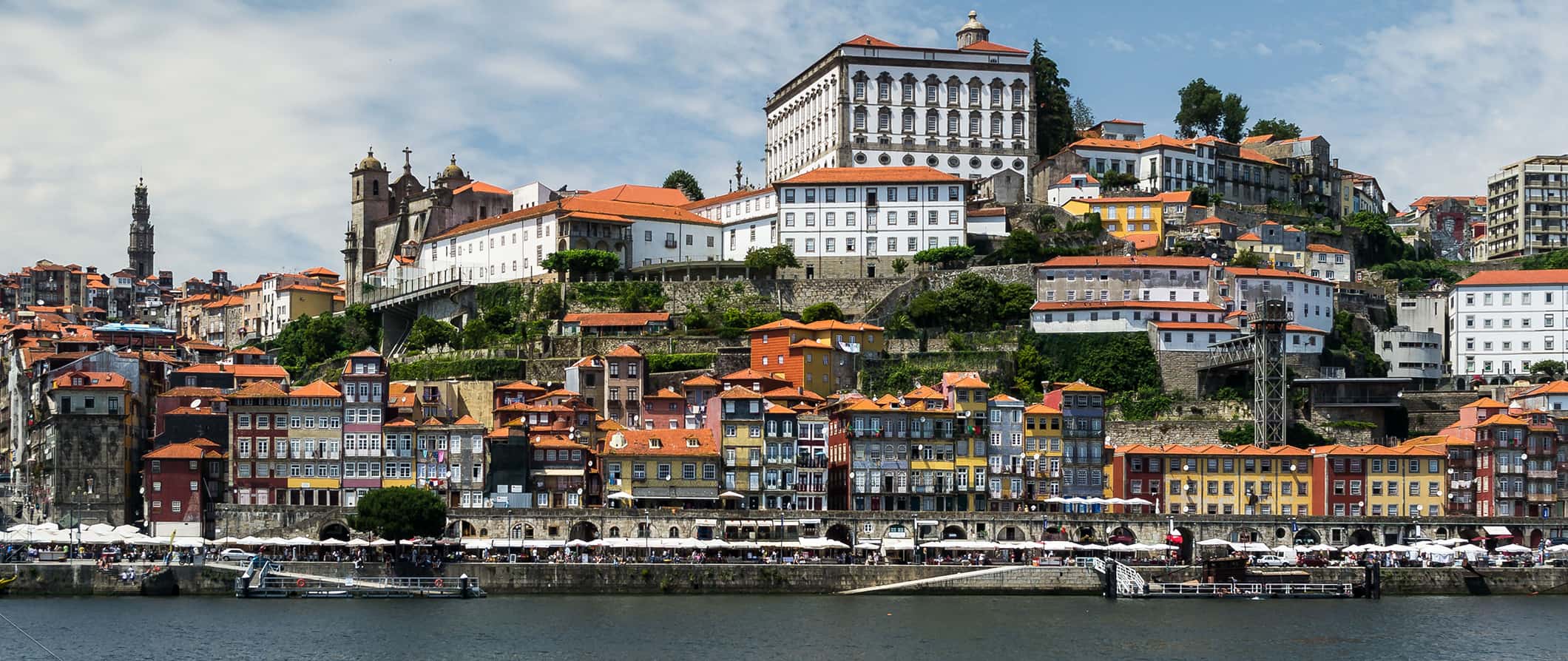Portugal is a country blessed with excellent sandy beaches, rugged coastline, cosmopolitan and architecturally-stunning cities, and incredible weather. Throw in great food, lots of wine, and cheap prices, and it makes for a perfect holiday spot.
When I first visited Portugal, I fell absolutely in love.
The food. The people. The culture. The inexpensiveness!
Backpacking Portugal was like a dream.
I’ve been to Portugal many times and I never tire of it. It is one of the most underrated countries in the world.
Because it’s on the tip of Europe and isn’t as centrally-connected as other countries not a lot of people visit Portugal.
Sure, Lisbon has become a hub for digital nomads, expats, and retirees thanks to its low cost of living.
But, in the rest of the country, not much has changed. And fewer crowds means a better, more local experience for you.
This Portugal travel guide can help you plan a trip that you’ll remember for a lifetime!
Be sure to have an extra glass of port for me though!



























 Porto – one of the best places to visit in Portugal for a city break © Benedikt Saxler/Shutterstock
Porto – one of the best places to visit in Portugal for a city break © Benedikt Saxler/Shutterstock



